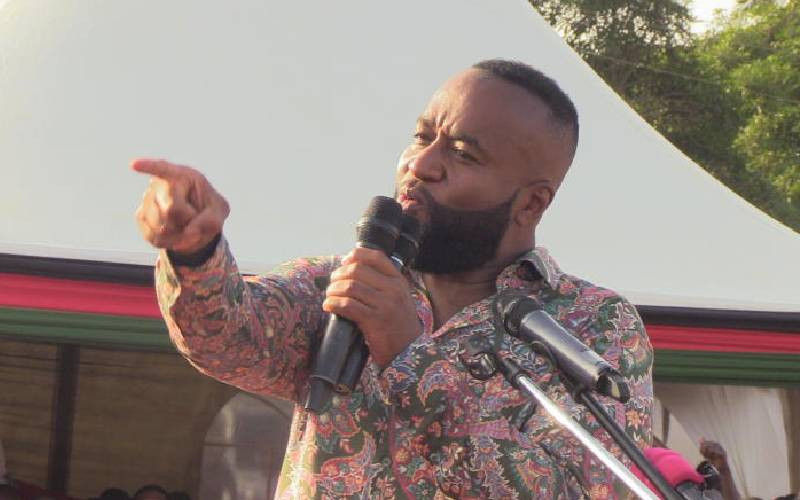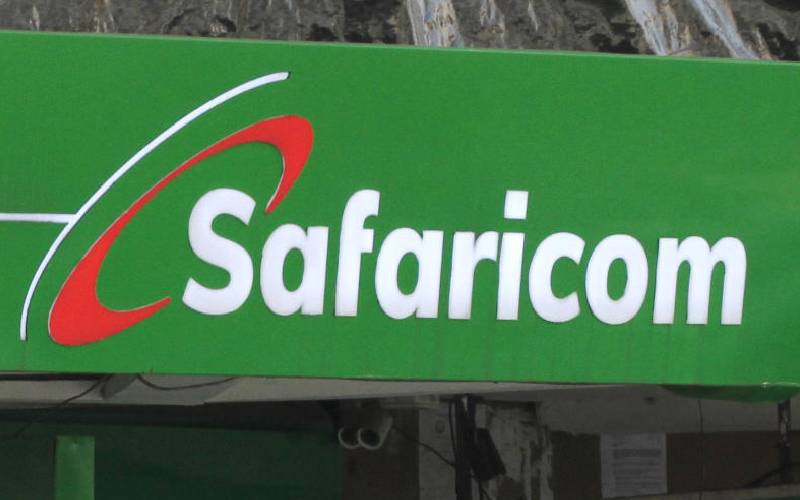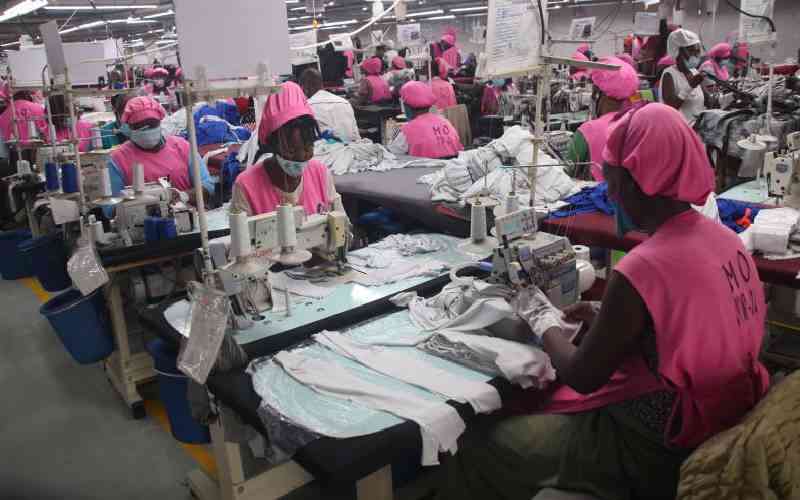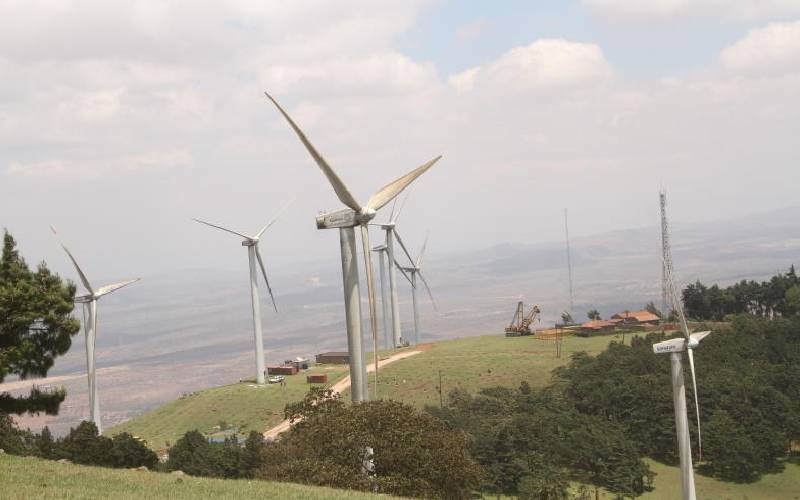×
The Standard e-Paper
Smart Minds Choose Us
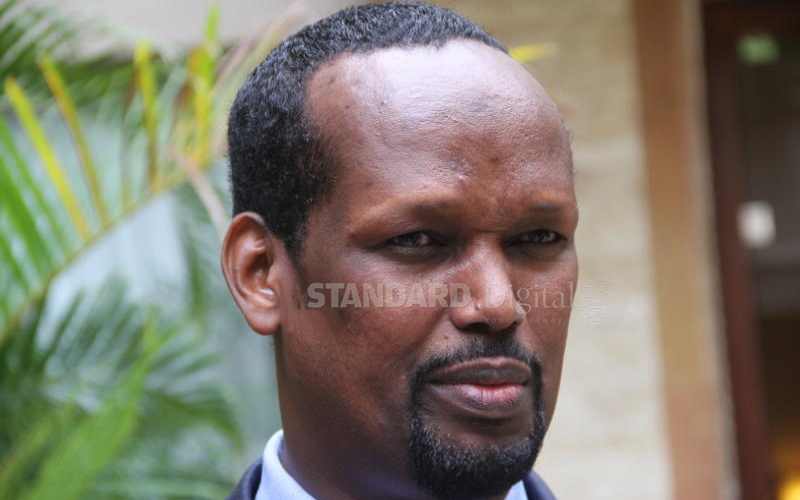
Even before Mike Sonko met his Waterloo at the Senate in December last year, his legacy as governor of Nairobi was in a free-fall.
Official data shows that the flamboyant politician, who was impeached on allegations of abuse of office, had one of the worst development records in his last financial year at the helm of City Hall.
